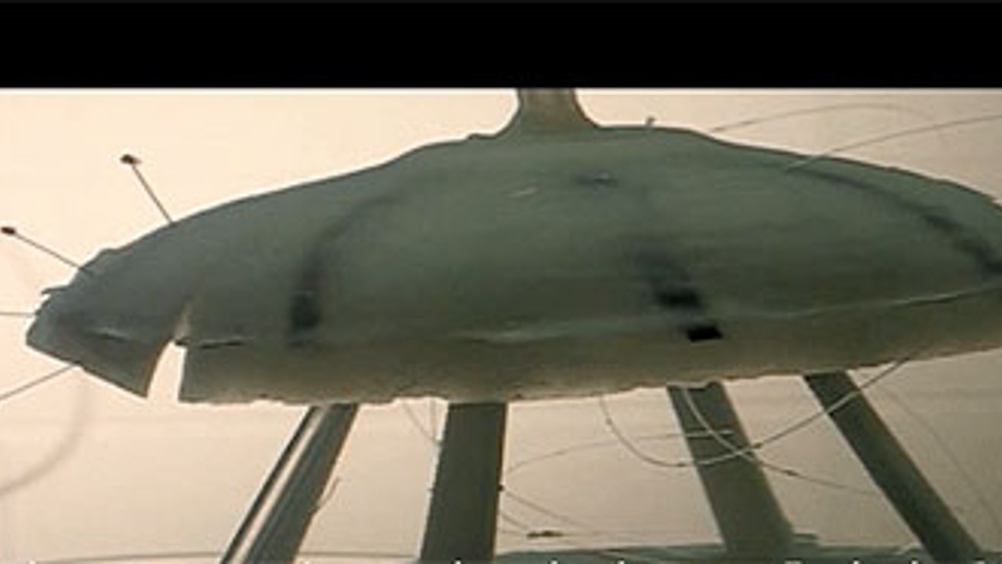Hydrogen-powered robotic jellyfish takes shape
Researchers at Virginia Tech and the University of Texas at Dallas have created Robojelly, a hydrogen-powered robotic jellyfish that could be used in underwater search-and-rescue operations.

Robojelly has been built from carbon nanotubes and materials that change shape or size as a result of a stimulus, which gives it the ability to mimic the natural movements of a jellyfish in water. Furthermore, it is powered by chemical reactions taking place on its surface.
‘To our knowledge, this is the first successful powering of an underwater robot using external hydrogen as a fuel source,’ said lead author of the study Yonas Tadesse, a professor at the University of Texas at Dallas.
The creators of Robojelly presented their results in the 21 March issue of IOP Publishing’s journal Smart Materials and Structures.
According to a statement, the jellyfish is an ideal invertebrate to base the vehicle on due to its simple swimming action: it has two prominent mechanisms known as ‘rowing’ and ‘jetting’.
A jellyfish’s movement is attributed to circular muscles located on the inside of the bell — the main part of the body shaped like the top of an umbrella. As the muscles contract, the bell closes in on itself and ejects water to propel the jellyfish forward. After contracting, the bell relaxes and regains its original shape.
Register now to continue reading
Thanks for visiting The Engineer. You’ve now reached your monthly limit of news stories. Register for free to unlock unlimited access to all of our news coverage, as well as premium content including opinion, in-depth features and special reports.
Benefits of registering
-
In-depth insights and coverage of key emerging trends
-
Unrestricted access to special reports throughout the year
-
Daily technology news delivered straight to your inbox










Water Sector Talent Exodus Could Cripple The Sector
Well let´s do a little experiment. My last (10.4.25) half-yearly water/waste water bill from Severn Trent was £98.29. How much does not-for-profit Dŵr...